
This video discusses the causes and effects as well as the science behind the magnitude 9.2 earthquake that occurred in Alaska in 1964.
- Subject:
- Earth Science
- Science
- Material Type:
- Lesson
- Provider:
- IRIS
- Author:
- IRIS
- Date Added:
- 02/26/2019

This video discusses the causes and effects as well as the science behind the magnitude 9.2 earthquake that occurred in Alaska in 1964.

There is no known safe amount of alcohol to drink while pregnant. There is also no safe time during pregnancy to drink and no safe kind of alcohol. CDC urges pregnant women not to drink alcohol any time during pregnancy. Women also should not drink alcohol if they are planning to become pregnant or are sexually active and do not use effective birth control. This is because a woman could become pregnant and not know for several weeks or more. In the United States half of all pregnancies are unplanned. FASDs are 100% preventable. If a woman doesn't drink alcohol while she is pregnant, her child cannot have an FASD.
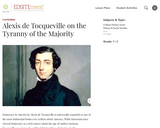
"Democracy in America" by Alexis de Tocqueville is one of the most influential books ever written about America. While historians have viewed "Democracy" as a rich source about the age of Andrew Jackson, Tocqueville was more of a political thinker than a historian. His "new political science" offers insights into the problematic issues faced by democratic society.

This is a book containing over 200 problems spanning over 70 specific topic areas covered in a typical Algebra II course. Learners can encounter a selection of application problems featuring astronomy, earth science and space exploration, often with more than one example in a specific category. Learners will use mathematics to explore science topics related to a wide variety of NASA science and space exploration endeavors. Each problem or problem set is introduced with a brief paragraph about the underlying science, written in a simplified, non-technical jargon where possible. Problems are often presented as a multi-step or multi-part activities. This book can be found on the Space Math@NASA website.
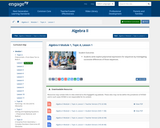
Students write explicit polynomial expressions for sequences by investigating successive differences of those sequences.
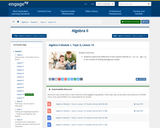
Students explore the difference of two squares identity x2 − y2 = (x − y)(x + y) in the context of finding Pythagorean triples.
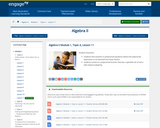
Students find solutions to polynomial equations where the polynomial expression is not factored into linear factors.
Students construct a polynomial function that has a specified set of zeros with stated multiplicity.

Students develop the distributive property for application to polynomial multiplication. Students connect multiplication of polynomials with multiplication of multi-digit integers.

Students perform arithmetic operations on polynomials and write them in standard form.
Students understand the structure of polynomial expressions by quickly determining the first and last terms if the polynomial were to be written in standard form.
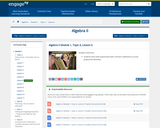
Students work with polynomials with constant coefficients to prove polynomial identities.
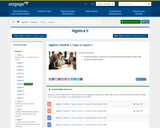
Students perform arithmetic by using polynomial identities to describe numerical relationships.
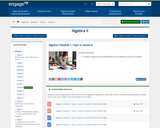
Students apply polynomial identities to the detection of prime numbers.

Students understand that the sum of two square roots (or two cube roots) is not equal to the square root (or cube root) of their sum.
Students convert expressions to simplest radical form.
Students understand that the product of conjugate radicals can be viewed as the difference of two squares.
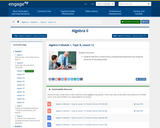
Students will factor certain forms of polynomial expressions by using the structure of the polynomials.
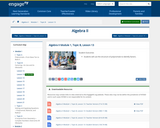
Students will use the structure of polynomials to identify factors.
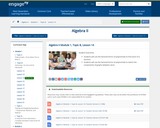
Students will use the factored forms of polynomials to find zeros of a function.
Students will use the factored forms of polynomials to sketch the components of graphs between zeros.
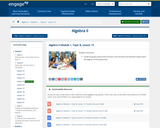
Students graph polynomial functions and describe end behavior based upon the degree of the polynomial.

Students transition between verbal, numerical, algebraic, and graphical thinking in analyzing applied polynomial problems.
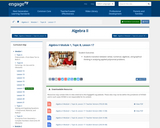
Students transition between verbal, numerical, algebraic, and graphical thinking in analyzing applied polynomial problems.

Students know and apply the Remainder Theorem and understand the role zeros play in the theorem.